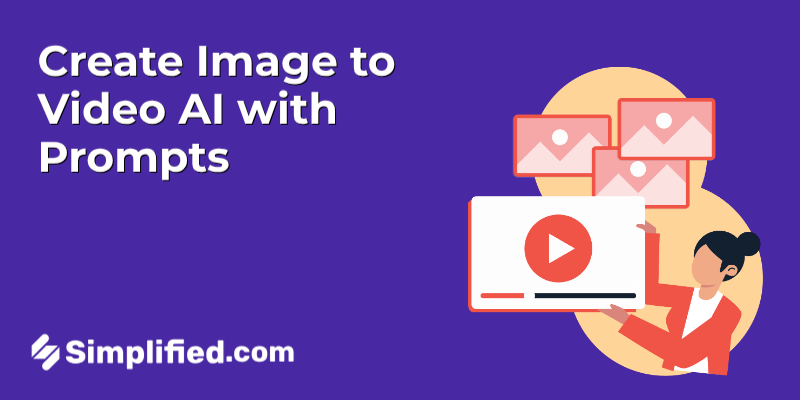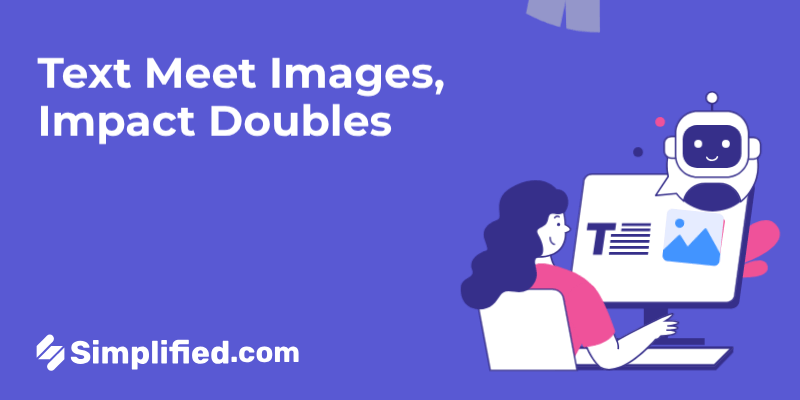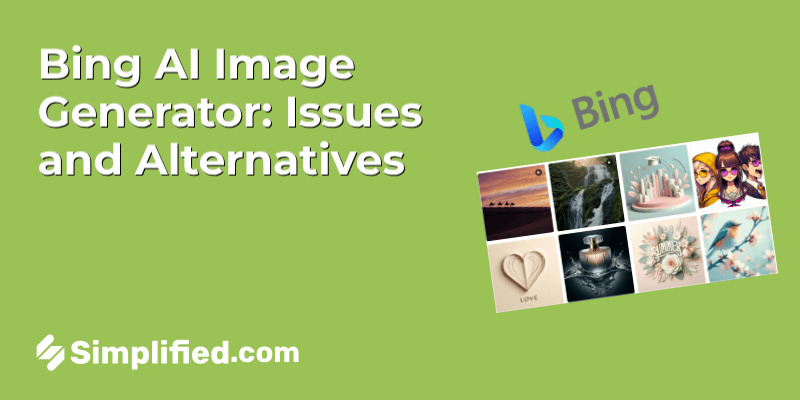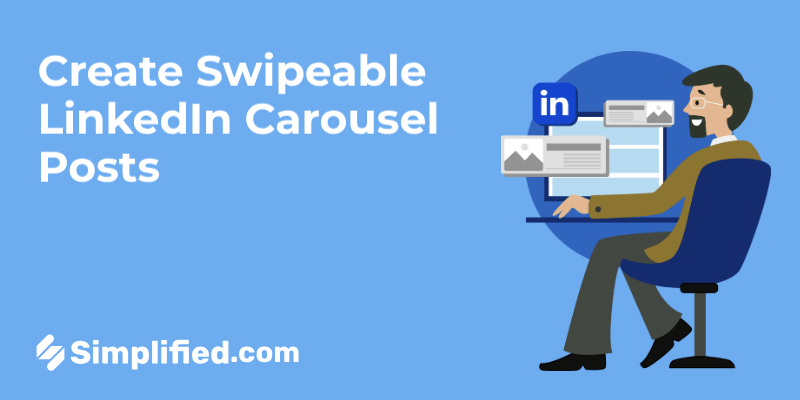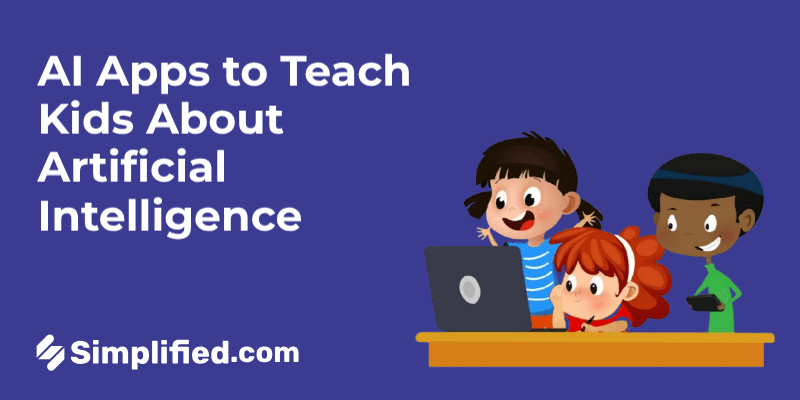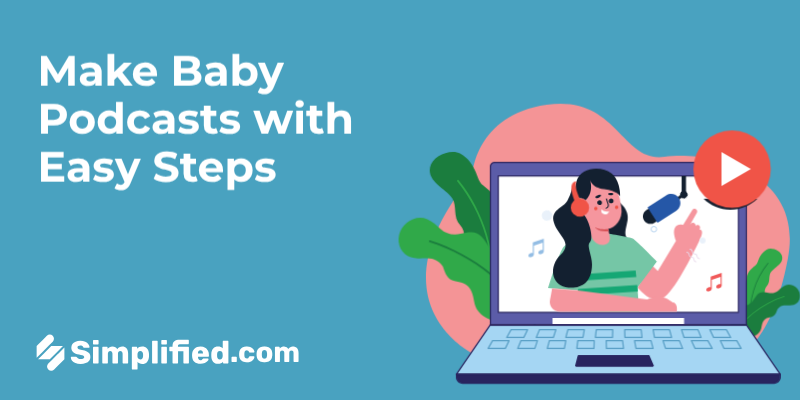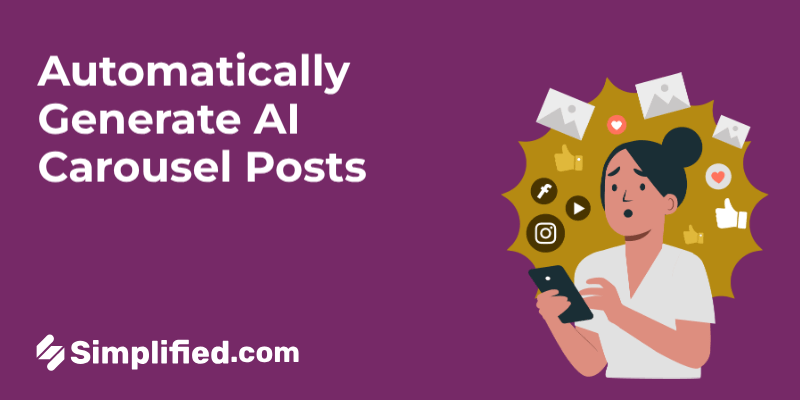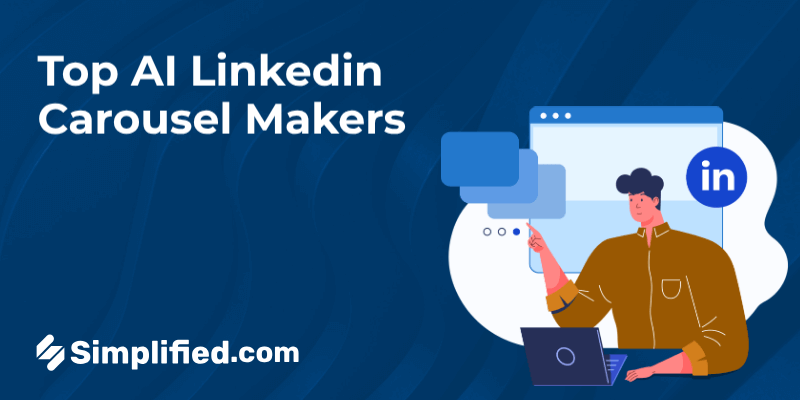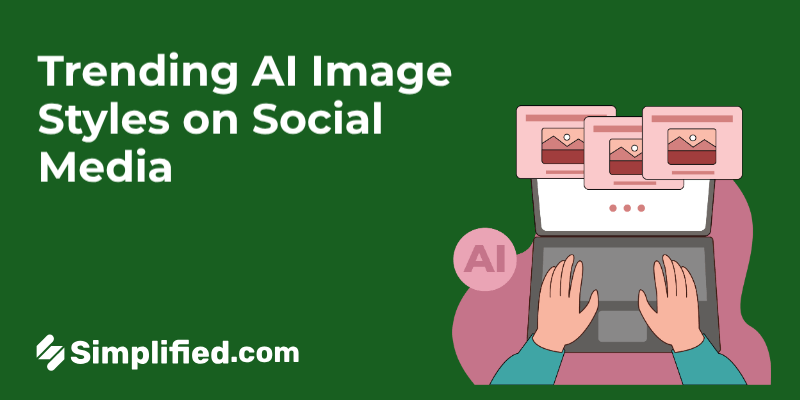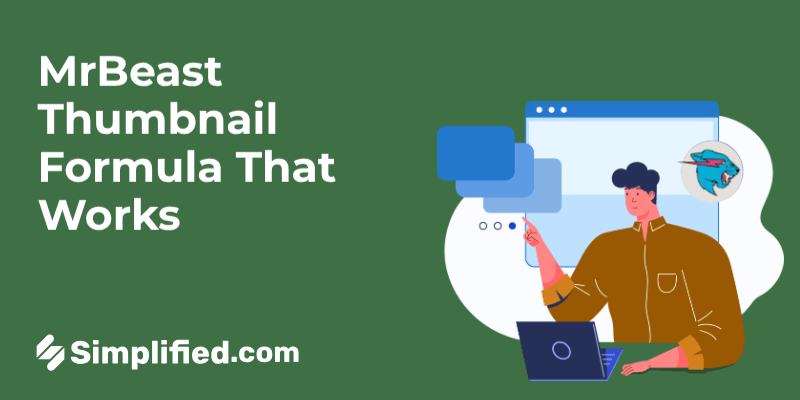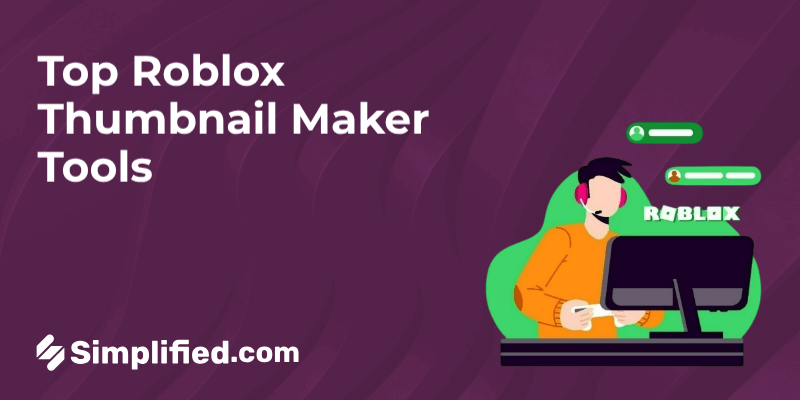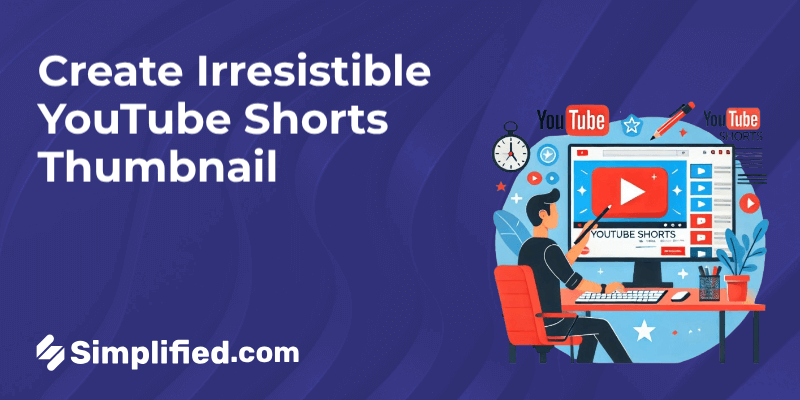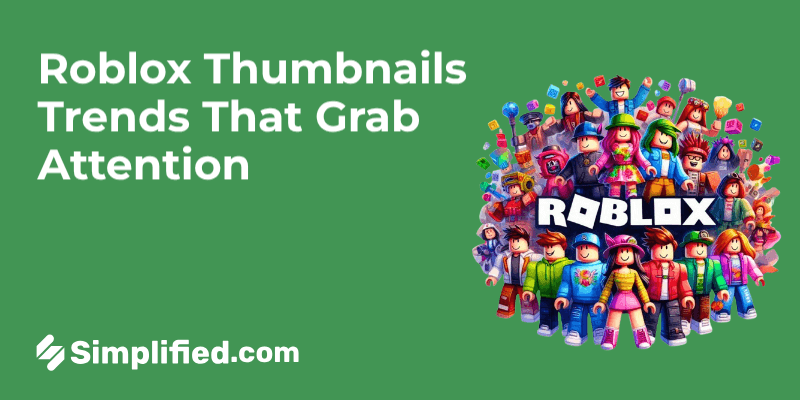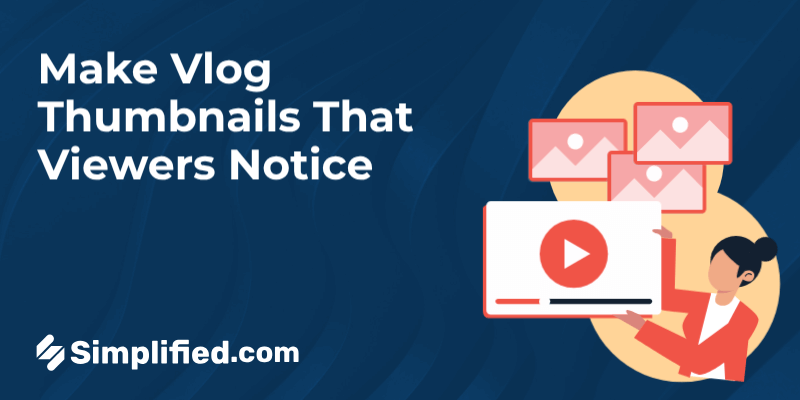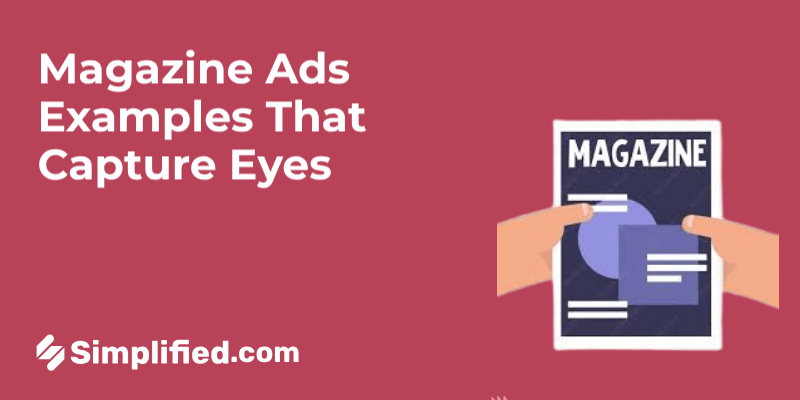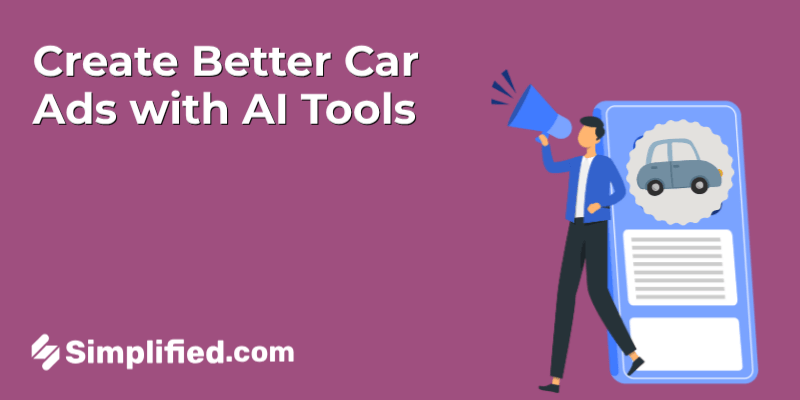
Did you know that about 60% of ads fail to grab the audience’s attention? That’s a pretty staggering number, especially considering how much effort and money brands put into their campaigns.
When ads fall flat, it’s easy to blame a few things — maybe the design wasn’t great, the platform wasn’t right, or there just wasn’t enough budget. On the surface, that makes sense, right? But here’s the thing: these are just the symptoms of a deeper issue that most brands miss entirely.
In this post, we’ll dive into the real problem behind these ad failures, and more importantly, how AI tools are stepping in to solve it. It’s time to look beyond the usual excuses and explore what’s really holding back your ads.
What Everyone Thinks Is Wrong (But Isn’t the Main Problem)
When your ad doesn’t perform well, what’s the first thing you blame?
- The copy? Maybe the message just wasn’t right.
- The timing? Perhaps you launched at the wrong moment.
- The budget? Maybe you didn’t have enough to really make an impact.
- Targeting? Could be you didn’t reach the right audience.
While all of these could be a factor, they aren’t the root cause of the problem. In fact, they’re more like symptoms of something deeper.
For example, you could tweak your copy or try a different timing strategy, but if you’re still missing out on truly understanding your audience, you’re not going to see the long-term results you want. Throwing more money at it might get you more clicks, but if those clicks are from the wrong people, you’re just burning cash.
So, while these problems seem real, they’re often just masking the true issue — and it’s not what you think.
The Real Problem You’re Overlooking: Lack of Intelligent Personalization
So, what’s the real problem behind your ad struggles? It’s all about personalization — but not just any kind of personalization. We’re talking about intelligent personalization.
Here’s the difference: personalization is when you try to make your ads feel relevant to your audience. Maybe you use their name, or customize the message for a specific group. But intelligent personalization goes much deeper. It uses data to create ads that aren’t just relevant — they’re in tune with your audience’s behaviors, preferences, and emotions.
Today’s audience expects more than just a generic “one-size-fits-all” approach. They want to see ads that speak directly to them in ways that feel real and personal. Think about it: when was the last time you clicked on a random ad that didn’t feel tailored to your interests?
The trap many brands fall into is creating those mass-market ads that just don’t resonate anymore. Without the right data and insights into what your audience truly wants, those cookie-cutter ads are bound to miss the mark.
Bonus: How to Make a Print ad For Healthcare Sector: Effective Strategies
Why Traditional Methods Fail to Solve It
Now that we know the problem, let’s talk about why traditional methods just aren’t cutting it anymore.
- Manual A/B testing? It’s slow and often misses the bigger picture.
- Human predictions can’t always spot hidden patterns in audience behavior.
- Creative guesswork without real-time data often leads to wasted budgets.
Think about this: You might spend weeks or even months fine-tuning ads based on gut feeling, past experiences, or limited data. But without the ability to adapt in real-time, you’re likely leaving money on the table. Plus, you might be making decisions based on incomplete or outdated information.
AI tools, on the other hand, don’t guess. They use real-time data to make smarter decisions that help your ads connect with the right people, at the right time, and with the right message.
How AI Tools Step In to Solve the Problem

So how do we fix the issue of generic ads that don’t engage? AI tools are here to help. These tools are designed to take all the guesswork out of ad creation and ensure that the content you’re putting out actually resonates with your audience. Here’s how AI helps:
- Predicting ad success: One of the most frustrating things about ads is never knowing for sure how they’ll perform. AI tools can analyze past data and audience behavior to predict which ads will be most effective before they go live. This means you don’t have to waste time or money on ads that don’t have the potential to convert.
- Personalizing content: Gone are the days when one-size-fits-all ads were enough. AI uses real-time data to personalize your content based on what people are actually doing. This could be based on their browsing behavior, past purchases, or even how they’ve interacted with your brand before. It’s about showing the right message to the right person at the right time.
- Generating multiple ad versions: Instead of guessing which version of your ad might work, AI can create and test multiple versions at once. It tweaks elements like the headline, images, and call-to-action, optimizing for different audience groups. This ensures you always have content that speaks to each segment of your audience.
The result? Ads that connect better with your audience and increase the chances of conversions. Companies that use AI ad tools have seen significant improvements in ad performance, with some reporting up to a 30% increase in conversion rates.
Bonus: LinkedIn Ad Library: A Complete Guide to Finding and Analyzing Competitor Ads
Top AI Tools That Solve the Ad Problem
When ads fail to generate the expected results, it’s often because of inefficient targeting, poor personalization, or simply guessing what will resonate with your audience. Fortunately, AI tools are here to tackle these issues directly, helping you create more engaging and effective ads. Here are five AI tools that can solve these problems and improve your ad campaigns:
1. Simplified AI Ads Generator
Creating effective ads can be a time-consuming task, especially when you’re trying to target the right audience with the right message. Simplified AI Ads Generator helps by simplifying the ad creation process, allowing you to produce high-quality ads quickly.
How it solves the problem: With Simplified, you enter the details of your campaign, and the tool generates multiple ad variations based on your input. It analyzes past campaigns and audience behavior to suggest which elements of your ad—like headlines, images, and calls-to-action—are likely to resonate best with your target audience.
2. QuickAds
QuickAds is all about delivering ads that are optimized and tailored to your audience, all while saving time. If you’re looking to improve ad performance without the usual trial-and-error process, QuickAds provides real-time optimizations based on audience insights.
How it solves the problem: QuickAds tracks audience behavior across platforms and uses that data to optimize your ad’s messaging and visuals. It automatically adjusts to trends and audience preferences, ensuring your ads are always relevant and engaging, without the need for manual adjustments.
3. Creatify AI
One of the biggest challenges in advertising is making sure your message resonates with the right people. Creatify AI solves this problem by using data to personalize every element of your ad—from the headline to the image, ensuring it speaks directly to the interests and behaviors of your target audience.
How it solves the problem: Creatify AI analyzes data about your audience’s behavior, preferences, and previous interactions to tailor each ad’s content. It also helps identify the emotional triggers that resonate most with your target demographic, so you can create ads that forge stronger connections and drive engagement.
4. AdCreative AI
AdCreative AI is a tool focused on improving ad performance using data-driven insights. It takes the guesswork out of ad creation by analyzing past campaign data and automatically recommending ad elements that are more likely to perform well.
How it solves the problem: AdCreative AI uses past campaign data to generate creative content that aligns with what’s proven to work. It uses machine learning to adjust key components like headlines, calls-to-action, and visuals in real time, ensuring your ads are optimized for maximum impact.
5. Predis AI
For brands running social media campaigns, Predis AI offers a powerful tool to optimize ads across platforms like Facebook, Instagram, and Twitter. It focuses on understanding social media trends and audience engagement to create ads that are more likely to get noticed and shared.
How it solves the problem: Predis AI monitors social media trends in real time and adapts your ad content to align with what’s currently trending. It also analyzes how your audience interacts with similar content, helping you create ads that fit seamlessly into the social media landscape.
Bonus: YouTube Shorts Ads: Campaign Structure, Bidding & Creative Tips
Step-by-Step: How You Can Start Using AI to Improve Your Ads
Improving your ads with AI is simpler than it might seem. Let’s break it down into easy steps, so you can start seeing the impact without the overwhelm.
Step 5: Analyze, adjust, and repeat.
AI tools get better over time as you give them more data to learn from. After each campaign, analyze the results—what worked, what didn’t—and make the necessary tweaks. Keep iterating to optimize your ad performance.
Step 1: Audit your current ad performance.
Start by reviewing your current ads. Which ads are performing well and which aren’t? Dive into the data—CTR, CPC, engagement rates, and other metrics will give you insights into what’s working and what needs improvement.
Step 2: Identify weak spots.
Look at the key elements of your ads. Are you targeting the right audience? Are your messages clear and appealing? Is your timing off? Pinpointing where things aren’t aligning helps you focus on specific areas for improvement.
Step 3: Choose an AI ad tool that matches your needs.
AI ad tools are not one-size-fits-all. Some tools focus on audience targeting, while others help with ad design or content personalization. Pick a tool that matches the issues you’ve identified in Step 2, so you can see the most improvement.
Step 4: Start small — test before scaling.
Before committing to big campaigns, run smaller tests with the AI tool. This way, you can get a feel for how it works and monitor the results before scaling it to larger campaigns.
Bonus: Meta Ad Library: An In-Depth Look Into The Facebook Ad Library
Quick Case Study: How Gymshark Fixed Their Ads Using AI
Problem:
Gymshark, a UK-based fitness apparel brand, faced challenges with their digital advertising campaigns. Despite a strong brand presence, their ads were underperforming, leading to low click-through rates (CTR) and high cost-per-click (CPC). The ads weren’t resonating effectively with their target audience, impacting overall campaign performance.
Solution:
To address these issues, Gymshark implemented AI-powered tools to optimize their advertising strategies:
- Google Cloud’s AI and Machine Learning:
Gymshark partnered with Google Cloud to improve their data analytics and customer experiences. By using Google Cloud’s AI and machine learning tools, Gymshark focused on personalizing consumer interactions and managing data, which helped improve their ad performance. - Algolia’s AI-Powered Recommendation Engine:
Gymshark adopted Algolia’s AI-powered recommendation engine across 14 countries. This tool provided personalized product recommendations, enhancing the customer shopping experience and increasing order rates.
Result:
The integration of AI technologies led to significant improvements in Gymshark’s advertising performance:
- Increased CTR and Lower CPC: The AI-driven personalization and optimization strategies contributed to higher click-through rates and reduced cost-per-click, making their ads more cost-effective.
- Higher Order Rates: The use of personalized recommendations and optimized targeting resulted in increased order rates, particularly during key sales events.
- Enhanced Customer Engagement: The personalized ad experiences fostered greater customer engagement, leading to improved brand loyalty and repeat purchases.
Citations:
- Gymshark – Resources – Algolia
- Gymshark Taps Generative AI to Personalize Consumer Experiences
- Gymshark Partners with Google Cloud
To Wrap Up
To wrap it up, the main issue that gets overlooked is the lack of personalized ads. Many businesses still rely on manual processes, but that’s just not enough anymore. AI has become an essential tool for getting the most out of your ads
If you’re ready for your ads to truly connect with your audience and start driving results, it’s time to let AI do the heavy lifting. Say goodbye to guesswork — and start seeing the difference.

